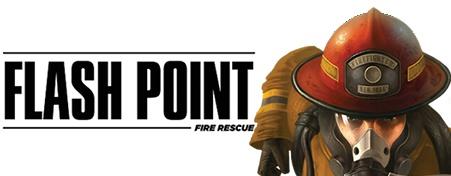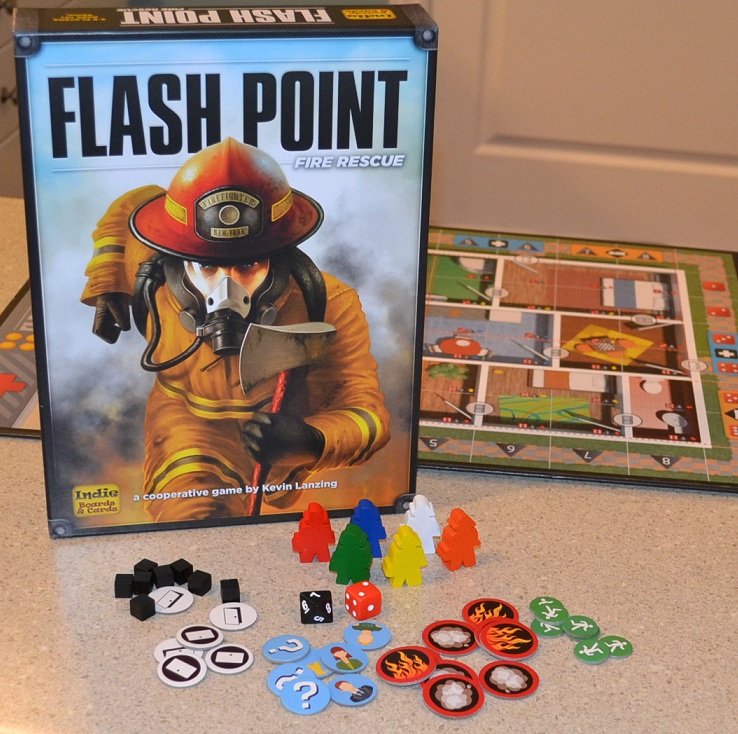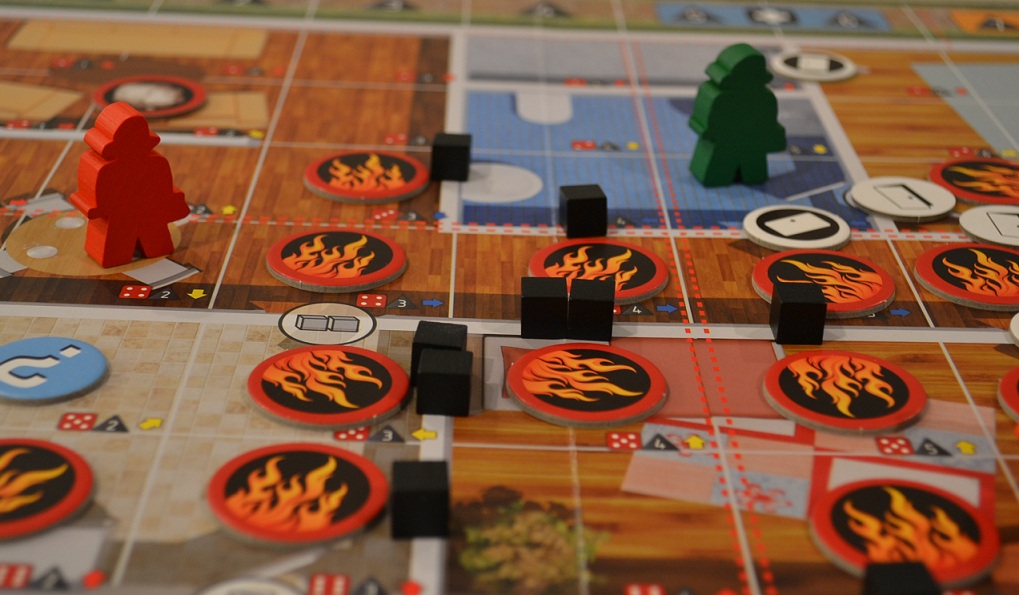
Kramer was first arrested on August 25, 2000, accused with sexually abusing three teenage boys. He was believed physically incapable to stand trial due to spinal and respiratory problems, so he was released on bond. He resigned from Dragon*Con that same year.
Initially, he was under house arrest for several years. Later, he was allowed to travel between Georgia and New Jersey/New York to receive medical treatment or to visit his mother. However, he was required to report his location weekly and prohibited from having unsupervised contact with children under 16. Then, on September 2011, Kramer was arrested again, this time in Connecticut, when he was found alone in a hotel room with a 14 year old boy. He was extradited to Georgia last month.
The reason this news relates to our hobby is that Swamp Thing creator/contributor Nancy A. Collins and Transformers producer Don Murphy have started a boycott against Dragon*Con until it severs its ties with Kramer. According to Deadline Hollywood:
"In the 1990s, Collins had a professional relationship with Kramer that included co-editing an anthology of horror stories and increasing involvement in Dragon*Con. She broke ties with Kramer shortly before his arrest in 2000 as a result of what she says was the inappropriate interest he had toward her 12-year old step son. After Kramer's arrest, Collins was among the first to speak publicly against him[.]"
Kramer is a 31% minority shareholder and reportedly pocketed $150,000 from the 2011 Dragon*Con. This is money that, according to Collins, has "enabled Kramer's defense lawyers to delay trial indefinitely with an array of legal maneuvers." Murphy agrees:
"There's absolutely no excuse for the fact that one cent of this money should go to enable a pedophile to be free to molest again. I will do everything in my power to make sure that nobody associated with Transformers or Vampire Academy or any of my many comic book-related projects has anything to do with Dragon*Con while that's still the case."
Swamp Thing artist Stephen Bissette, Marvel and DC comics writer Ron Marz, Girl Genius creators Phil and Kaja Foglio, Bubba Ho-Tep creator Joe R. Lansdale, screenwriter John Shirley, and A Distant Soil author Colleen Doran also support the boycott.
For their part, Dragon*Con reportedly offered Kramer $500,000 to divest his ownership stake and go away, but he refused, and stockholders can't be forced to sell the shares they own. As for Collins' suggestion to dissolve the Dragon*Con corporation and start a new one without Kramer, under Georgia law, voluntary dissolution cannot occur while the corporation has pending legal disputes, and Kramer and Dragon*Con are currently involved in litigation regarding Kramer's rights as a minority shareholder.
If you were given the option to go to Dragon*Con this year, would you take it knowing you would be putting money in the pockets of accused pedophile Edward Elliot Kramer or would you support the boycott by not attending Dragon*Con?












